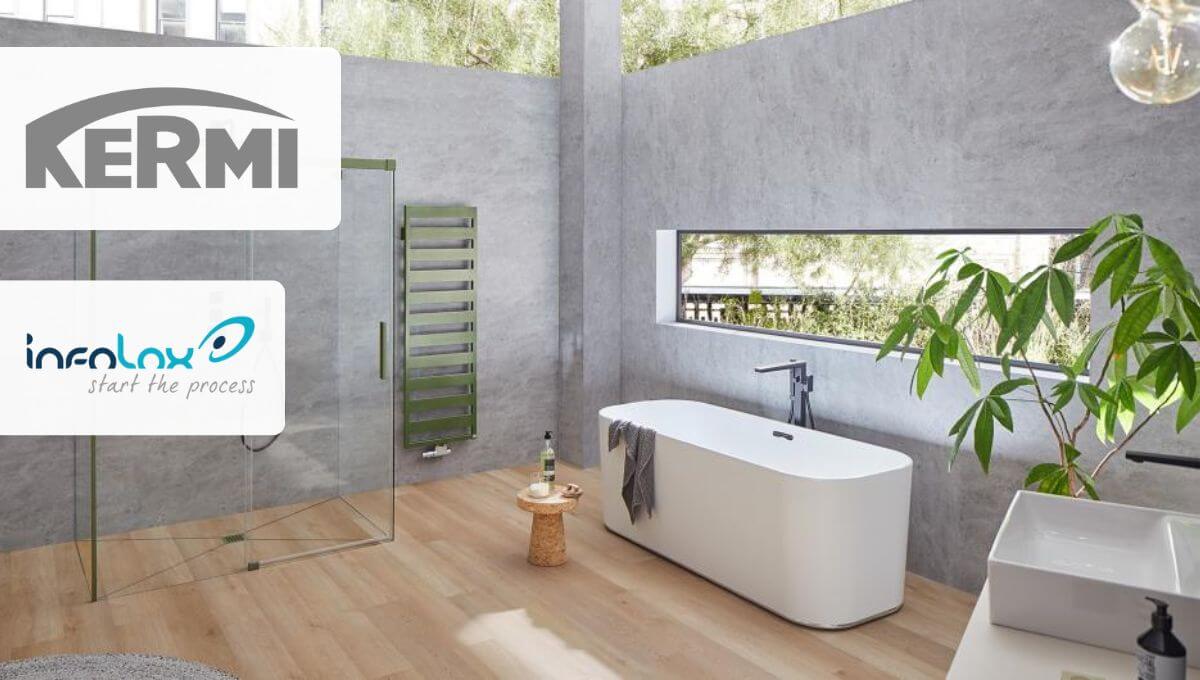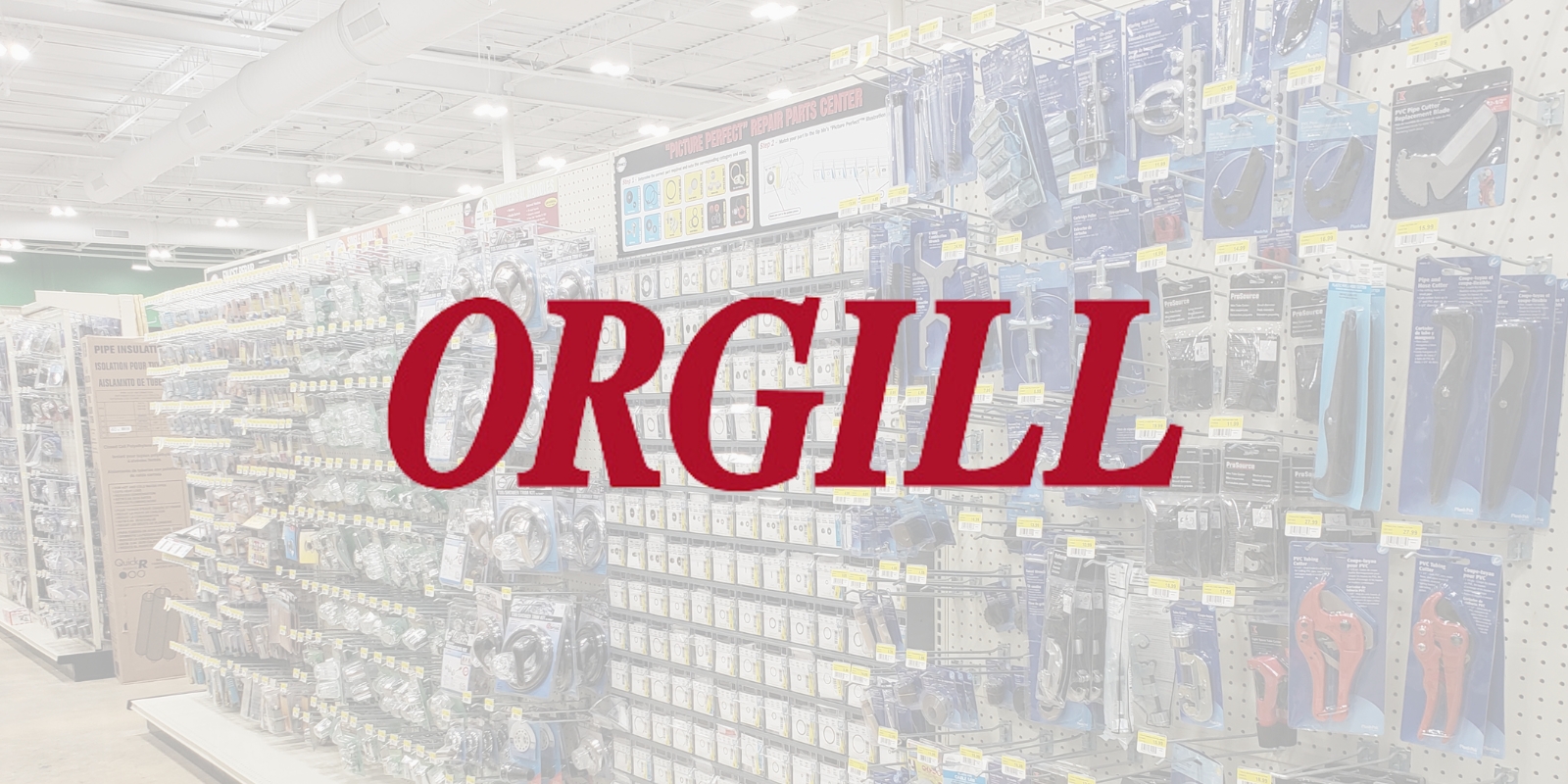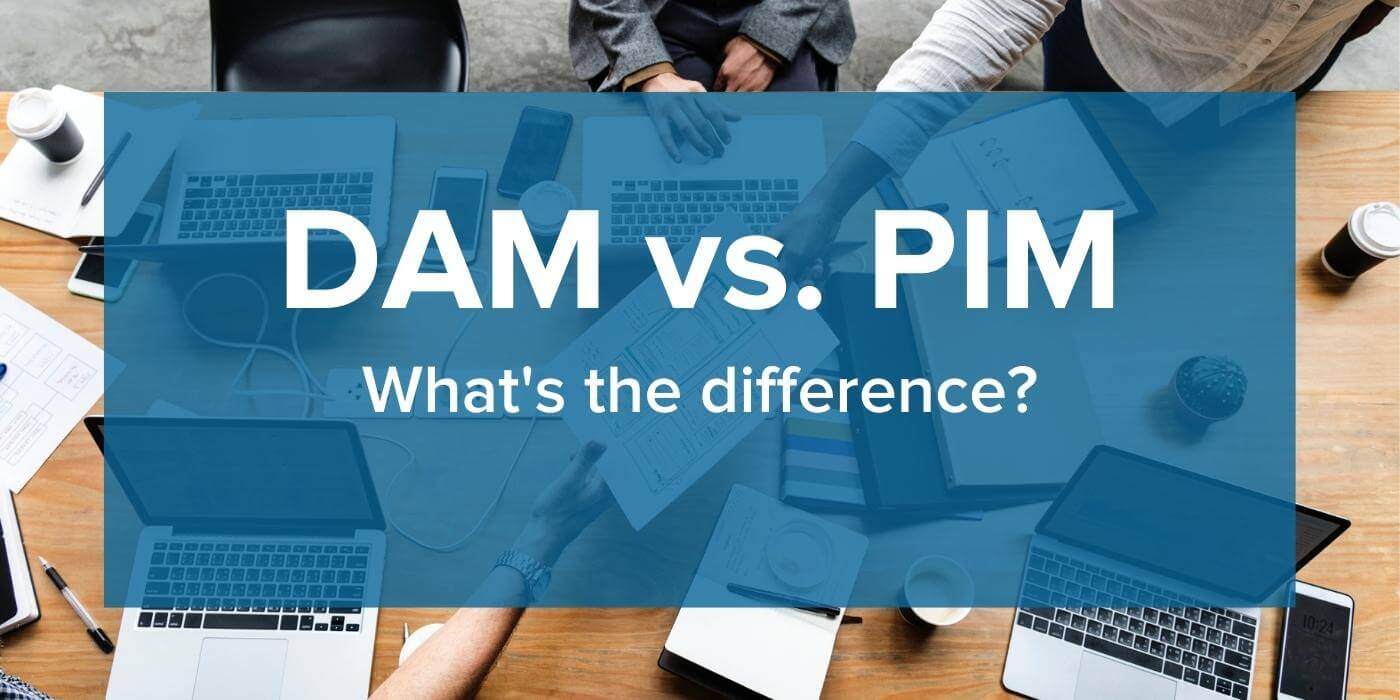
DAM vs. PIM - what's the difference?
Choosing between Digital Asset Management and Product Information Management is not a matter of one or the other - they work best together.
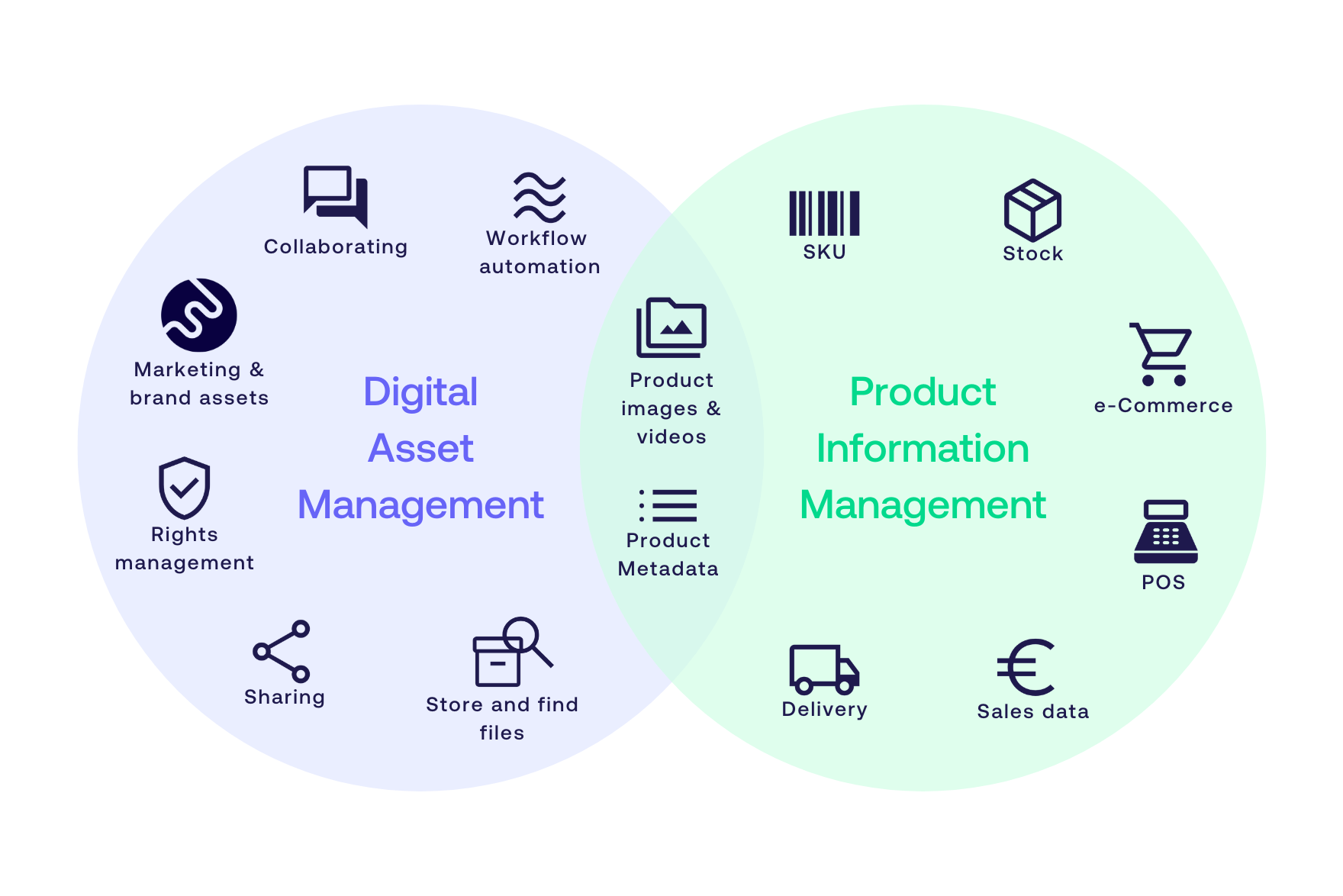
As the technology landscape is evolving, e-commerce, retail, and manufacturing companies struggle to choose the right systems for managing their content and product data. A myriad of solutions are available to help safeguard your digital content and increase efficiency.
Digital Asset Management (DAM) and Product Information Management (PIM) systems are both essential tools to store and handle large volumes of digital assets and product-related information in an organization.
The discussion of whether one can replace the other rages on.
While it's true that DAM and PIM systems share certain similarities, they're designed with different purposes and have distinctive capabilities for their intended use.
The benefits of PIM
-
Shorten time-to-market: A PIM system centralizes product data such as product descriptions, specifications, pricing, and inventory - into one platform, improving flexibility in responding to market changes. Updating product catalogs or entering new markets is faster, and real-time updates across sales channels ensure accurate, consistent product information across all distribution channels, helping businesses adapt quickly and efficiently.
-
Operational excellence: Having one master location for storing product information enhances operation efficiency and improves inventory accuracy. Usually, PIM works together with an ERP (Enterprise Resource Planning) system to strengthen the consistency and transparency of product-related processes by integrating internally available information with information from external sources.
-
Improve customer journey: Reduced time-to-market means customers can get the newest products much faster. You can provide customers with high-quality and timely product information as well as a consistent brand experience across all touchpoints, both on and offline. Some of them - such as stock availability or delivery time - will significantly impact customers' decision-making.
LEARN MORE: Maximizing retail success: How Digital Asset Management boosts online strategies
What to choose - PIM or DAM?
The decision between PIM software and a DAM system isn’t an either/or scenario - they work best together. Here’s a quick checklist to help you determine which solution fits your business needs:
A DAM solution is beneficial if you:
- Have a large number of visual assets
- Need an "official" place to store and manage all visuals
- Need to access and retrieve digital assets regularly
- Frequently share or distribute visuals across the organization, to externals or third-party platforms
- Have many different people within your organization that need to access or use the visuals
- Use official branding on multiple sites and/or platforms
- Often use visual assets in other applications, such as you website, design tools, e-commerce platforms, etc.
A PIM solution is beneficial if you:
- Have several SKUs with a dynamic product range
- Have a product portfolio that is complex and frequently updated
- Have a great deal of data generated from various sources
- Use multiple sales and marketing channels for your products
- Need your products to reach the market at high speed
- Need to provide customers with a lot of information when shopping online
- Have multiple departments in need of up-to-date and detailed product information
LEARN MORE: The perfect PIM and DAM integration for manufacturer KERMI.
As described above, DAM and PIM are different types of systems, playing different roles in your organization.
By integrating these systems, you ensure seamless product content management, faster time-to-market, and a consistent customer experience across all platforms.
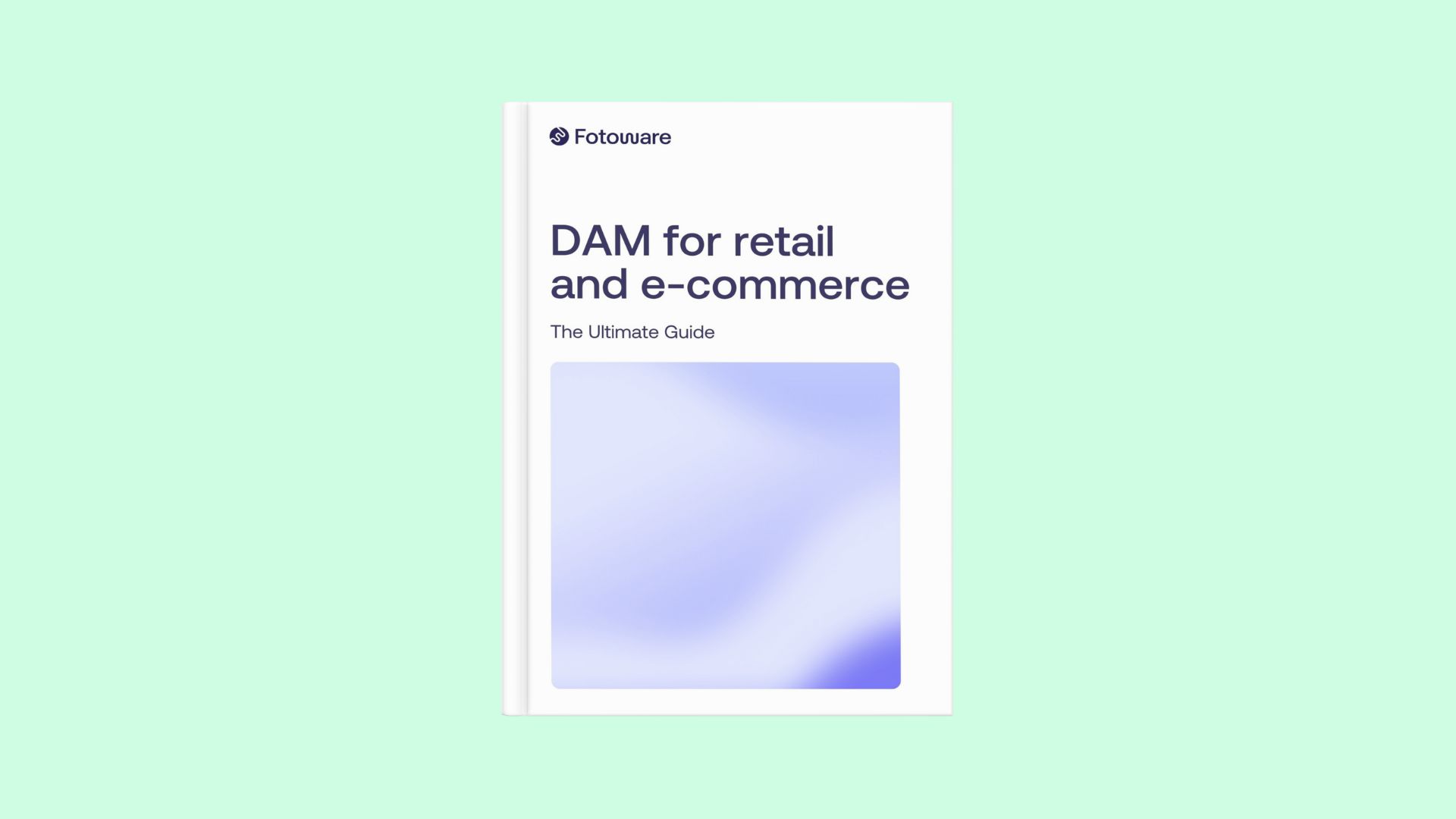
How retailers increase speed to market with DAM
Discover how DAMs can increase speed-to-market, improve brand consistency, and ensure control of visual files by integrating with PIM systems and other important tools.
Fotoware - your solution for DAM and PIM integration
At Fotoware, we have vast experience in helping companies within e-commerce, retail, and manufacturing with their Digital Asset Management needs.
Our DAMs integrates seamlessly with PIM platforms such as Inriver PIM, along with CMSs and design tools.
If you have a PIM system but need content and asset management, Fotoware is the ideal vendor. Our solutions enables you to easily manage large data volumes, automate workflows, and improve search and content distribution.
Discover: Fotoware DAM for Product Content Management
By connecting these systems, you can centralize workflows, enhance product content distribution, and improve overall customer experiences.
Ready for the next step?
Get in touch to discover how we can enhance your processes and increase speed-to-market with DAM.
Want to learn more?
Talk to one of our experts to discover how we can streamline your organization's content workflows.
